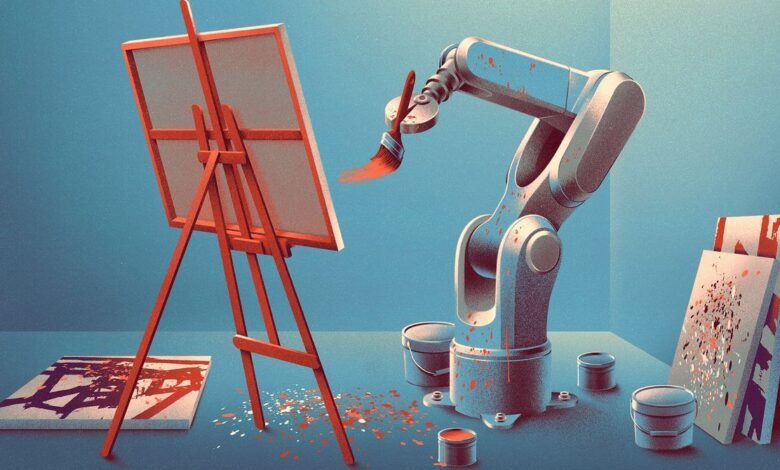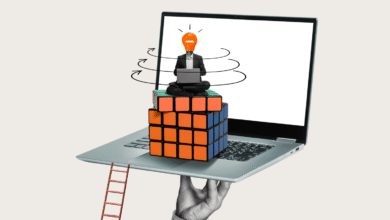Unveiling the Secret Ingredients of AI Creativity

▼ Summary
– AI systems excel at intellectual tasks like chess and text analysis but struggle with physical tasks that are easy for humans.
– Diffusion models, used in image-generation tools, unexpectedly create novel images rather than just replicating their training data.
– Researchers discovered that technical imperfections in the denoising process cause diffusion models to generate creative outputs deterministically.
– The study’s mathematical model shows this creativity is an inevitable architectural outcome, not random behavior.
– This research draws parallels to biological self-assembly processes like morphogenesis, where local interactions produce complex structures without central control.
The remarkable rise of artificial intelligence has delivered capabilities once confined to science fiction, though not always in the forms we anticipated. While physical robotics lag behind human dexterity, AI systems now demonstrate surprising creative abilities, composing poetry, generating art, and solving complex problems in ways that feel almost intuitive. This unexpected creative capacity, particularly within image-generating models, has puzzled experts and enthusiasts alike.
Diffusion models, which power tools like DALL·E and Stable Diffusion, were originally designed to replicate the images on which they were trained. Yet in practice, they often produce entirely new and coherent images rather than mere copies. Researchers refer to this as the “paradox” of diffusion generation: if the models worked as intended, they would simply memorize and reproduce. Instead, they invent.
These models operate through a process called denoising. They begin by converting a clear image into random noise, a digital version of reducing a painting to fine dust, and then systematically reconstruct it. For years, scientists wondered how novelty could emerge from what seems like pure reassembly. How does putting shredded pieces back together result in a new masterpiece?
A recent study offers a compelling answer. Two physicists proposed that the very imperfections in the denoising process are what enable creativity. Presented at the International Conference on Machine Learning, their work uses mathematical modeling to show that what appears as innovation is actually a deterministic outcome of the model’s architecture. This revelation demystifies part of the “black box” of AI creativity and may even shed light on how human imagination works.
The research drew inspiration from biological systems, particularly morphogenesis, the process by which embryos develop distinct structures without a central blueprint. Alan Turing’s patterns describe how local interactions among cells lead to the emergence of organized forms like organs or limbs. Similarly, diffusion models operate through localized adjustments rather than top-down commands. Small, iterative corrections, guided by neighboring data points, accumulate into coherent and sometimes novel outputs.
Just as biological development can occasionally produce anomalies like extra fingers, AI image generation can yield unexpected but meaningful variations. This bottom-up, self-organizing mechanism suggests that creativity, whether in cells or algorithms, may arise from decentralized, error-prone processes rather than flawless execution.
(Source: Wired)





